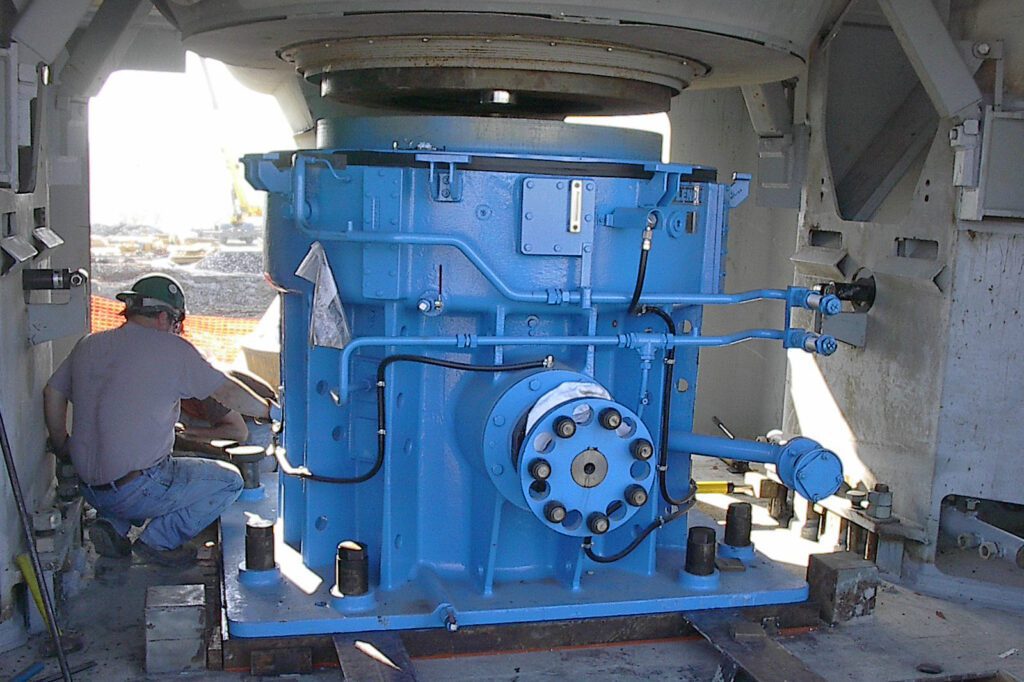Competitive cost, delivery, and quality are fundamental requirements in manufacturing and in fabrication. Each category influences the others, and each is essential.
As a custom fabrication shop and industrial contractor, the two that are often given the most attention and negotiation by customers are price and on-time (if not priority) delivery. This doesn’t mean that quality isn’t important, but it could mean that it is expected and assumed by most customers.
So how do we deal with conflicting objectives at the same time – namely price and delivery – when progress on one front usually comes at the expense of the other? Many argue that high quality, low cost, and prompt delivery are interconnected and cannot be achieved independent of one another. Others reject the idea that one area needs to be sacrificed in order to achieve the other two. They argue you can have it all … for a fair price … as long as all parties understand what impacts pricing and can agree on the value of meeting all of the demands of the project.
Perhaps it’s a matter of perspective. If an increase in cost to accommodate a strict delivery date is justified by what has to be done in order to deliver on time, is that really sacrificing cost? Or is that a fair price assigned to a defined scope of work?
One could argue that if a fabrication job that normally takes 2 weeks to complete at regular staffing levels working 8 hour shifts, now needs to deliver in 1 week, requiring overtime hours and/or extra workers to be brought in (both costing the fabrication shop more money), is charging a higher price for that job really asking the customer to sacrifice cost under this triangle of quality, cost, and delivery, or is it merely a reasonable price based on the revised delivery time?
From the customer perspective, you are often weighing the added cost of expedited delivery against the rest of the project or the impact to your operations. If the cost for expedited delivery is less than the impact on your production, then the increased price may be worth it and the value received is the confidence in the fabricator to deliver on time. On the other hand, if expedited delivery time is a “nice to have” but not necessary, the customer may be willing to save on the extra cost of paying for a quicker delivery schedule.
Unless you’re working with a fabricator that charges a standard rush fee for any job requiring a quicker delivery timeframe (regardless of how much it actually costs them to complete the job), price shouldn’t randomly increase simply because a customer requests a rush job. The actual request for a quicker delivery time isn’t what drives up the cost, it’s what has to happen to meet the delivery schedule that drives up cost. A quicker turnaround time on a project may require extra workers, the engagement of sub-contractors, overtime hours, extra or longer shifts, or other profitable jobs being put on hold in order to meet the deadline. And all of these things have a real bottom-line impact on the fabricator’s cost of completing the job.
The balance, then, may come down to a change in expectations or perception about fair price as project demands shift away from the “norm” on which pricing and delivery time are based.
If we shift our mindset to understand that the increased price tag for faster delivery of a job isn’t a randomly selected “premium charge,” but rather based off of the real cost impact to the fabricator to complete the job on time, perhaps we can agree that cost is not being “sacrificed” at the expense of delivery, but rather rebalanced when the project scope is outside of the norm.
Under normal circumstances, most fabricators like to believe they are doing their best to offer a balance between quality, cost, and delivery. But the fact is, they are inter-related and it can be difficult to prevent a demand in one area from putting another area out of balance. In the end, it may just come down to how we choose to see it – as sacrificing cost or a realistic rebalancing.

